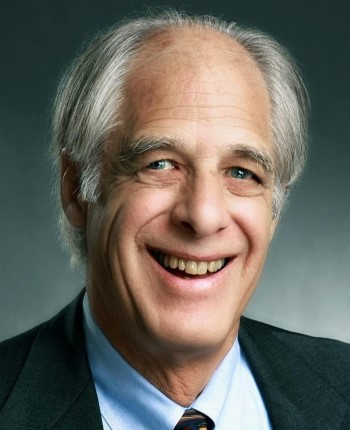Articles
Marx Mediation Memo #10
AB5 - An Overview
January, 2020
New California legislation, known as AB 5, is expected to have a significant impact on the much discussed if not controversial question of when a worker may be classified as an
independent contractor, as opposed to an employee. The issue is certainly not new. Over the years mediators have been presented with countless cases where the primary issue was
misclassification, i.e., did management misclassify a worker as an independent contractor rather than as an employee. Nor is the issue insignificant. Improperly classifying an
employee as an independent contractor may have extensive and costly consequences for an employer, multiplied almost exponentially if numerous employees have been so misclassified.
Counsel who practice in employment or business law are undoubtedly aware of AB 5, and will need to study it carefully. This new legislation itself has generated considerable discussion,
and is being challenged in litigation which has already been filed. What follows is a brief overview of fundamental considerations involved.
In 2018 the California Supreme Court decided Dynamex Operations West, Inc. v. Superior Court, 4 Cal.5th 903 (2018), which substantially affected the ability of employers to classify
workers as independent contractors. (Pursuant to the court's opinion, Dynamex appears to have a business model similar if not identical to Uber, the main difference being that Dynamex
transports packages rather than people.) The Dynamex opinion is somewhat limited in its application, but in adopting AB 5 the legislature stated its intent to "codify … Dynamex and …
clarify the decision's application in state law." The legislature further stated:
"It is also the intent of the Legislature in enacting this act to ensure workers who are currently exploited by being misclassified as independent contractors instead of recognized as
employees have the basic rights and protections they deserve under the law, including a minimum wage, workers’ compensation if they are injured on the job, unemployment insurance, paid
sick leave, and paid family leave. By codifying the California Supreme Court’s landmark, unanimous Dynamex decision, this act restores these important protections to potentially several
million workers who have been denied these basic workplace rights that all employees are entitled to under the law."
Accordingly, the legislature adopted the three part test set forth in the Dynamex opinion to determine whether a worker is to be considered an employee or an independent contractor.
AB 5 thus provides that a worker "shall be considered an employee rather than an independent contractor unless the hiring entity demonstrates that all of the following conditions are
satisfied:
(A) The person is free from the control and direction of the hiring entity in connection with the performance of the work, both under the contract for the performance of the work and
in fact.
(B) The person performs work that is outside the usual course of the hiring entity’s business.
(C) The person is customarily engaged in an independently established trade, occupation, or business of the same nature as that involved in the work performed."
(B) The person performs work that is outside the usual course of the hiring entity’s business.
(C) The person is customarily engaged in an independently established trade, occupation, or business of the same nature as that involved in the work performed."
Note that while all three elements of the test must be satisfied if the worker is lawfully to be classified as an independent contractor, as a practical matter the second element of the
test ("The person performs work that is outside the usual course of the hiring entity's business") may in many cases be the most determinative. For example, if an auto repair shop engages
a plumber to repair the sink in the customer restroom, the plumber is not engaged to repair automobiles but rather to repair plumbing, and thus "performs work [plumbing repair] that is
outside the usual course of the hiring entity's business [auto repair]." As such, assuming that the other two elements of the test are met, the plumber may properly be classified as an
independent contractor.
Note also that AB 5 contains a number of exceptions to application of the Dynamex three part test. With respect to many of those exceptions, a previously applied, somewhat less rigorous
test will continue to be used to determine whether a worker is an independent contractor or an employee. That test is set forth in S. G. Borello & Sons, Inc. v. Department of Industrial
Relations, 48 Cal.3d 341 (1989). Among the many exceptions included in AB 5 are those concerning people who provide "professional services," and included in the definition of those who
provide "professional services" are, by way of example, HR administrators, travel agents, fine artists and licensed estheticians. Other exceptions include, again by way of example,
surgeons, attorneys, engineers, private investigators and accountants
AB 5 is lengthy and detailed, and a complete analysis and exposition is well beyond the scope of this brief overview. As suggested above, a thorough review of its provisions will be
essential for any practitioner who provides counsel with respect to these issues.
Questions (and suggestions) are always welcome. Feel free to contact me directly at the telephone number or email address below, and of course if you wish to schedule a mediation, contact me or simply contact my Case Manager at ARC, Ms. Nicole Bethurum, (310) 284-8224, nicole@arc4adr.com.
Peter J. Marx, (310) 442-0052, peterjmarx@earthlink.net.
© Peter J. Marx, 2020

